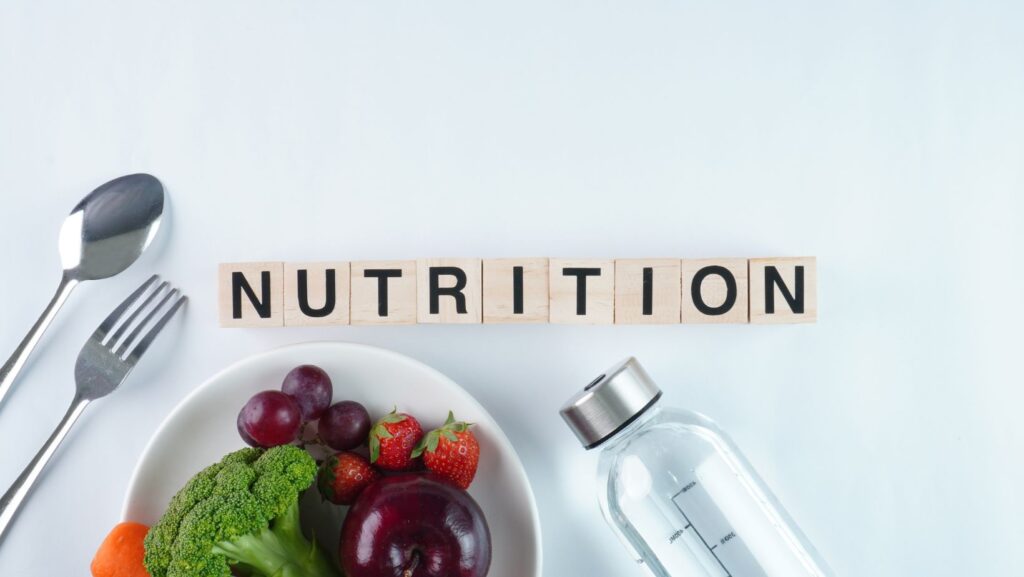Have you ever considered the impact of hormones on your weight loss journey? One hormone that significantly impacts this process is Glucagon-like peptide-1, more commonly known as GLP-1. This important hormone is linked to both metabolism and weight control.
Now, you may be wondering, what exactly is GLP-1, and how does it influence nutrition? Explore the connection between GLP-1 and nutrition, the importance of this hormone in weight loss, and how nutritional supplements like Replenza can help keep you feeling your best.
What Is GLP-1?
GLP-1, short for Glucagon-like peptide-1, is a powerful incretin hormone produced and released by the cells in your intestines when you eat. Its key role in the body includes controlling blood sugar levels by stimulating insulin secretion, contributing to a balanced metabolism.
Additionally, GLP-1 has an interesting role as an appetite suppressant. It acts as a natural signal to the brain, helping regulate feelings of hunger and fullness. Due to these characteristics, GLP-1 has become a significant focus of scientific and medical research on weight loss treatments.
However, GLP-1 treatments and therapies should not be viewed as a standalone method for weight loss but rather as part of a comprehensive, holistic approach to health and well-being. Understanding the function of GLP-1 and your responsibility for maintaining a balanced lifestyle is essential in the journey to weight management.
Nutritional Support for Your GLP-1 Weight Loss Journey
Understanding the interaction between GLP-1 and your dietary habits is key to enhancing the effectiveness of GLP-1-based weight loss therapies. Despite its advantageous effects on appetite regulation and blood glucose control, GLP-1 doesn’t negate the necessity for balanced nutrition.
Enhancing GLP-1 levels either naturally or through treatments isn’t an excuse to avoid maintaining a nutrient-rich diet. In fact, adhering to a balanced diet fortified with whole foods, lean proteins, unsaturated fats, and fiber is an integral part of maximizing the benefits derived from GLP-1 therapy. Thankfully, nutritional supplements like Replenza can help you get the support you need while on your weight loss journey.

GLP-1 and nutrition share a reciprocal relationship, where one influences the other and vice versa. While GLP-1 aids in regulating appetite and managing blood glucose levels, proper nutrition provides the essential nutrients your body needs for overall health.
This interchangeable relationship emphasizes the critical importance of incorporating a comprehensive nutritional approach into any weight loss plan. By marrying a well-balanced diet with GLP-1 therapies, you can drive successful weight loss and sustain overall health.
The Impact of GLP-1 on Nutrient Absorption
GLP-1 impacts how the body processes and absorbs nutrients, mainly due to its role in slowing gastric emptying, the process by which food moves from the stomach to the intestines. While a slower digestion rate can enhance feelings of fullness, it also influences how your body absorbs various nutrients.
The slower breakdown of carbohydrates due to GLP-1 can lead to steadier blood glucose levels, contributing positively to weight management and overall health. However, there’s evidence to suggest that GLP-1 might impact the absorption of certain nutrients, including essential ones like iron and calcium.
How Can You Complement GLP-1 Treatments with Nutritional Support?
Maximizing the benefits of GLP-1 treatments involves special attention to nutrition. To counter potential nutrient absorption issues associated with slower gastric emptying, it’s advisable to maintain a diet that is balanced and rich in essential nutrients, often with help from supplementation.
Incorporate foods rich in iron, calcium, and other vitamins and minerals into your routine. In the context of iron, pairing iron-rich foods with those high in vitamin C can optimize your iron absorption. Leafy greens, nuts, and dairy products will likewise ensure sufficient calcium consumption.
Furthermore, adopting a pattern of frequent and smaller portion sizes could help counterbalance the potential deceleration effects that GLP-1 has on digestion. This ensures a consistent and regular release of nutrients into your system, maintaining steady blood glucose levels.
Integrating physical activity into your daily routine will further support GLP-1’s benefits, especially as exercise improves insulin sensitivity, complementing the body’s natural GLP-1 functions.
Bringing Together GLP-1 and Nutrition for Optimal Health
Understanding the interplay between GLP-1 and nutrition is critical in harnessing their synergistic benefits for weight loss. GLP-1 plays a crucial role in metabolic processes, but it is only one part of the broader context of overall health and wellness, in which nutrition is a vital contributor.
GLP-1 treatments are a part of the solution, but they should not be considered a sole approach to weight control. Instead, they should be incorporated into a comprehensive health strategy that includes nutrient-rich food consumption.
With an integrated approach, employing both nutritional support and GLP-1 treatments, one can efficiently manage weight loss and sustain overall health. The synthesis of these elements underscores the need for individuals to actively engage with their health journey, taking into account both hormone regulation and dietary habits.
